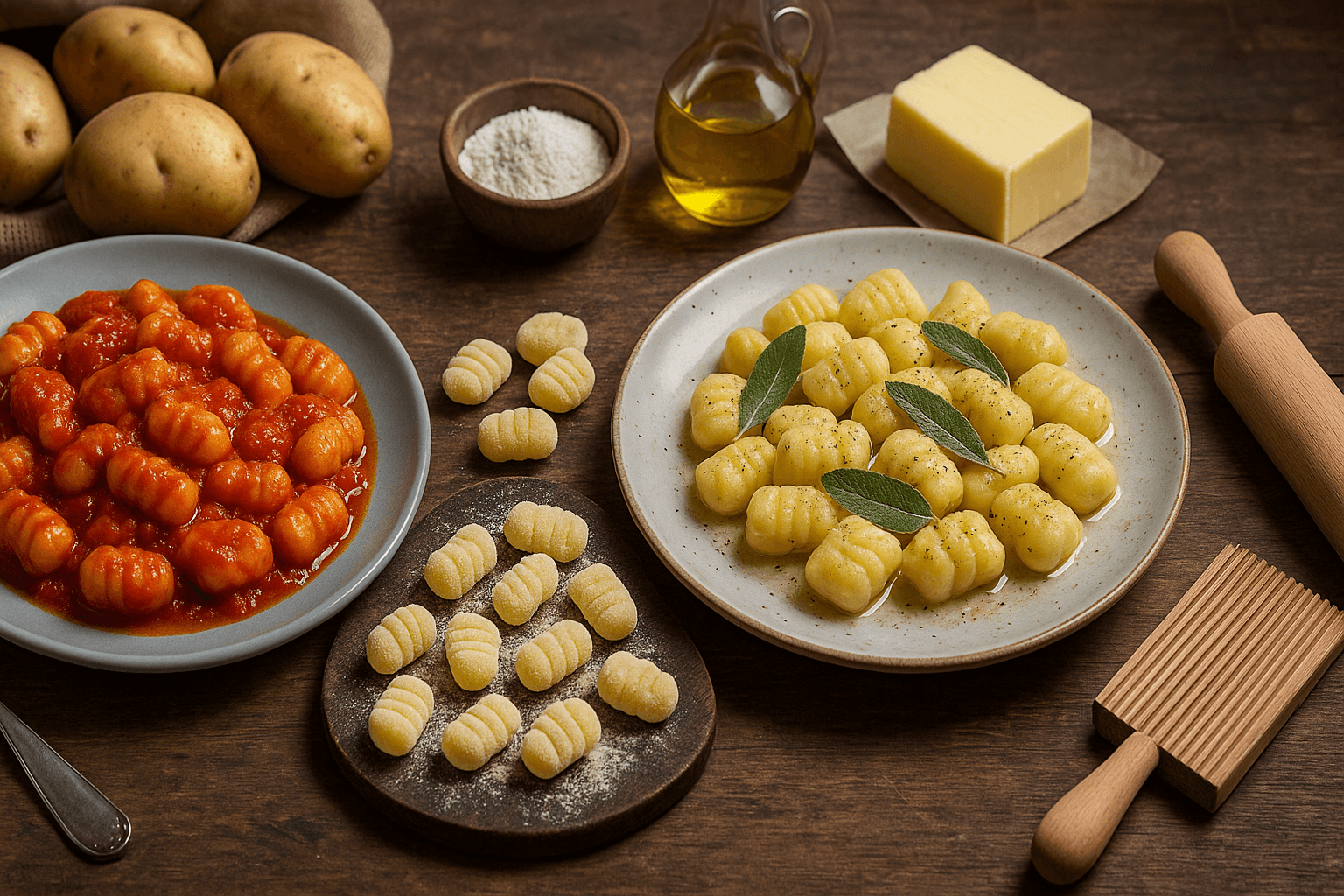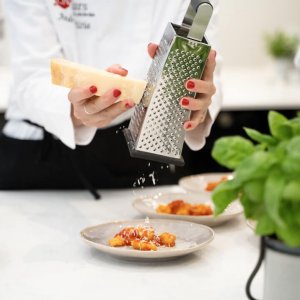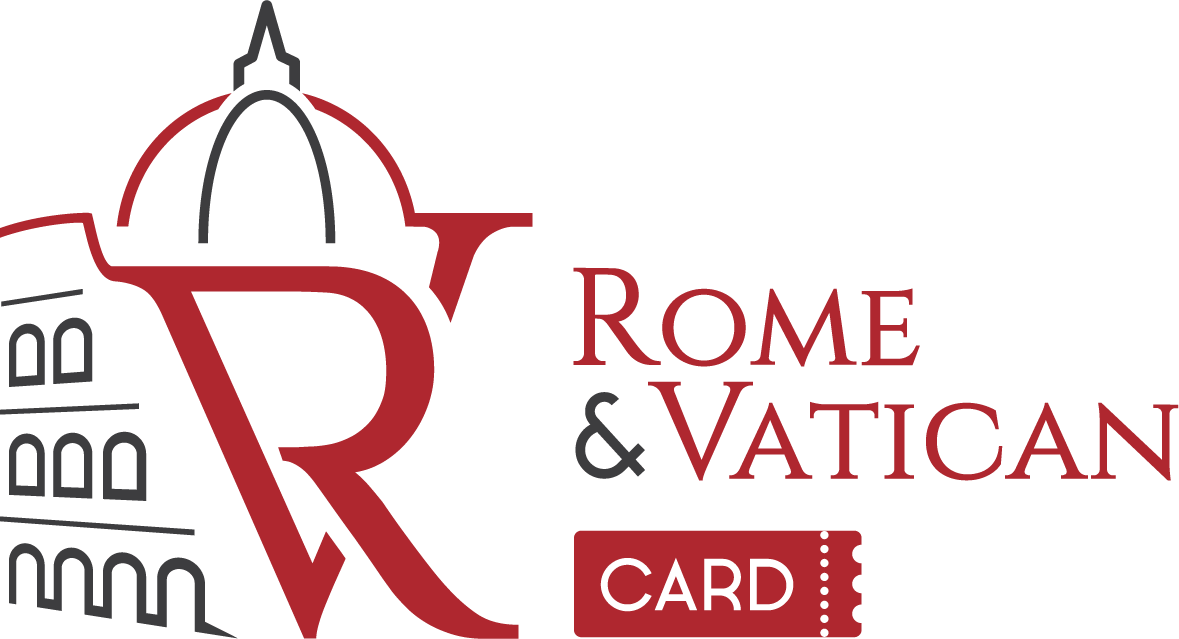Gnocchi in Rome: discover the history, traditional recipe, sauces and cooking class
- 6 min read
Gnocchi in Rome represent one of the city’s most beloved culinary traditions, blending history, flavor, and culture. This article explores their origins, why Romans eat them on Thursdays, how to prepare them from scratch, and where travelers can enjoy an authentic gnocchi-making class. From local recipes to unforgettable food experiences, gnocchi in Rome capture the true taste of Italian heritage.

What is the history of Roman gnocchi?
As a matter of fact, the story of gnocchi in Rome dates back to ancient times when wheat and eggs were staples in every Roman kitchen. Although this may be true, the dish we now know as gnocchi alla Romana differs from the potato-based version common in other parts of Italy. Comparatively, Roman gnocchi are made from semolina flour, milk, butter, and Parmesan cheese, baked to golden perfection. Another key point is that the recipe evolved from simple peasant food into a cherished comfort dish symbolizing family and hospitality.
In this article, we’ll focus on the classic Italian gnocchi — the variety most loved and often made in Rome.
Why do Romans eat gnocchi on Thursday?
The phrase “Giovedì gnocchi” (Thursday gnocchi) is deeply embedded in Roman culture. This custom originated after World War II, when people followed a weekly meal rhythm: simple dishes early in the week, richer ones before Friday, when many observed the Catholic tradition of avoiding meat. Consequently, gnocchi on Thursday became the hearty meal that prepared families for Friday’s abstinence.

Fresh pasta cooking class with professional Italian Chef
Gnocchi recipe step-by-step guide
As a matter of fact, the preparation of traditional gnocchi in Rome follows a simple yet precise method. Although the process is straightforward, attention to detail makes all the difference in texture and flavor. Basically, it begins with choosing the right potatoes — floury and starchy — to ensure softness without stickiness.
- Boil and mash the potatoes: As soon as the water begins to boil, add whole unpeeled potatoes and cook until tender, usually 30–40 minutes. Peel and mash while still warm until smooth.
- Make the dough, roll and cut: Combine the mashed potatoes with flour and salt. Add the egg and mix gently with your hands. Then, divide the dough into small portions, and roll each piece into a long rope about 2 cm thick. Cut into small pillow-shaped pieces.
- Shape the gnocchi: Before boiling, roll each piece on a fork or gnocchi board to create ridges. As has been noted, these grooves help the sauce cling perfectly.
- Cook the gnocchi: Boil in salted water until they float to the surface, which usually takes about 2 minutes. Remove gently with a slotted spoon.
- Toss with sauce: Immediately mix the gnocchi with the chosen sauce — be it butter and sage, tomato and basil, or cacio e pepe — to keep them soft and flavorful.

Fresh pasta cooking class with professional Italian Chef
The best sauces for gnocchi in Rome
Although gnocchi in Rome are often baked with butter and cheese, they can also be served with various sauces that enhance their mild flavor.
Popular choices include:
- Cacio e pepe sauce – a peppery cheese blend that complements semolina gnocchi perfectly.
- Amatriciana sauce – made with tomato, guanciale, and pecorino, creating a bold contrast.
- Butter and sage – a delicate combination often used for lighter, aromatic meals.
- Tomato and basil – for a fresh, classic Roman touch.
At any rate, each sauce reflects Rome’s culinary philosophy: simple ingredients with extraordinary results. As I have shown, the versatility of gnocchi allows chefs and home cooks to personalize every plate while preserving authenticity.
Gnocchi Cooking Class in Rome: what to expect
As a matter of fact, cooking classes focused on gnocchi in Rome have become a must-do experience for travelers eager to connect with local cuisine. Before diving into the activity, participants usually visit local markets to source fresh ingredients. As can be seen, the classes emphasize hands-on participation, teaching traditional techniques from dough preparation to baking.
Typically, these sessions last about 2–3 hours and include:
- Guided step-by-step instructions by a professional Italian chefs
- Explanations of the history and cultural relevance of gnocchi
- Pick in the local market fresh Italian ingredients for your gnocchi-making class
- Learn how to make homemade gnocchi and seasonal sauce
- Full-course meal with fine italian wine
- Dessert with vin santo & cantucci
- Digital recipe booklet

Fresh pasta cooking class with professional Italian Chef
Although this may be true, what sets these classes apart is the warm, welcoming atmosphere that mirrors the Roman spirit of sharing food and laughter.
Must-do Gnocchi making class in Rome: why it’s worth it
Certainly, attending a gnocchi-making class in Rome is not only a culinary lesson but also a cultural immersion. As a result, participants gain firsthand insight into how traditional Roman households prepare and enjoy their meals. Comparatively, it’s more engaging than simply dining out, because it allows visitors to experience the why behind the dish.
As well as learning a valuable skill, tourists often find themselves forming connections with locals, discovering family stories, and tasting the essence of Rome beyond the monuments. Another key point is that such classes support small culinary schools and local producers, keeping the art of gnocchi-making alive for future generations.
FAQ about gnocchi in Rome
Why do Romans eat gnocchi on Thursday?
Because tradition dictates it as part of the weekly rhythm of meals, leading into Friday’s abstinence from meat.
Is gnocchi good in Rome?
As can be seen, gnocchi in Rome are excellent, especially when freshly baked and topped with Parmesan and butter.
Is gnocchi popular in Rome?
At any rate, it’s among the city’s most beloved comfort foods, found in nearly every trattoria.
What day do Italians eat gnocchi?
Although traditions vary, Thursday remains the symbolic “gnocchi day” across Italy, especially in Rome.
What is the history of Roman gnocchi?
As I have said, it traces back to ancient Roman kitchens and evolved into the semolina-based version served today.
What part of Italy has the best gnocchi?
Conversely, while northern regions favor potato gnocchi, many consider Rome’s baked semolina gnocchi to be the most refined.
